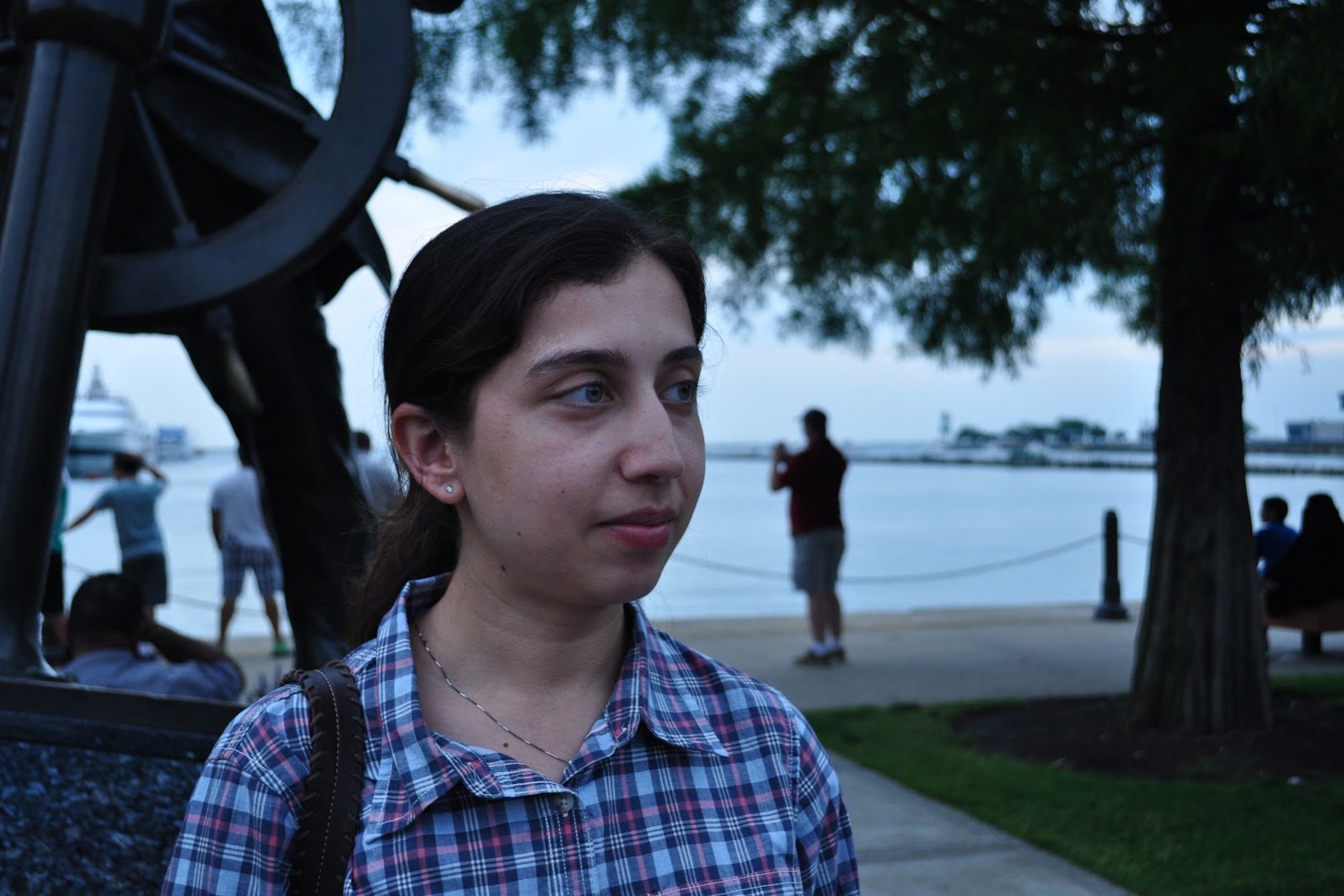Give your best to what you do, but try not to get lost into perfectionism.
Our new series, Paths to HPC, showcases women working in high-performance computing. Our hope is that by highlighting these trailblazers—and the sometimes unique paths they followed into the field—other women will feel inspired to envision themselves in similar roles.
Today we talk with Misbah Mubarak, who is a software development engineer at Amazon Web Services where she works on AWS’s cloud network.
Dr. Misbah Mubarak, prior to joining AWS was working as an assistant computer scientist at Argonne National Laboratory where she led projects on co-designing network infrastructure for supercomputers and high-performance computing systems. She received her Ph.D. and master’s degrees in computer science from Rensselaer Polytechnic Institute in 2015 and 2011, respectively. She also has experience working at CERN, Switzerland, and Teradata Corporation. She was the recipient of a U.S. Fulbright scholarship and an ACM SIGSIM PADS Ph.D. colloquium award and was a finalist for Google Anita Borg scholarship.
Mubarak has authored or co-authored over 35 papers in premiere high-performance computing (HPC) venues, premier conferences, and journals. To date, her research work has received more than 450 citations. She served as the chair/co-chair of the WHPC series of workshops at SC and International Supercomputing Conference and has served a program committee member in several notable HPC conferences.
Why did you choose a career in HPC?
While I was in high school, computer science had just got introduced as a high school course in my home country Pakistan. That was an unconventional and rather unexplored career path at the time. While studying that course, I read about supercomputers and how they can solve the world’s complex problems. That is when I became fascinated with working on high-performance systems. After several years, when I came to the U.S. as a grad student, I got the opportunity to take a course on parallel programming. While taking the course, I worked on Rensselaer’s supercomputer, an IBM Blue Gene/L system. That is when I decided my MS and Ph.D. thesis should be about HPC. During my Ph.D., I got a chance to work with numerous supercomputers including IBM Blue Gene/Q and Cray XC systems.
What excites you about the future of HPC?
It is promising to see that the boundary between cloud and HPC is blurring! In earlier days, people had to complete a lot of paperwork to get access to a single supercomputer and as students, we would wait for hours for our compute-intensive jobs to complete. Now one can run an HPC application on a cloud instance that can be spun in a couple of minutes. With GPU accelerated supercomputers, it is possible to use HPC for deep learning and AI analysis, which opens up another set of possibilities. The idea of having neuromorphic chips as accelerators on HPC systems is in its infancy but that would make for another exciting use of HPC systems.
What did you study? How did you begin your HPC Career?
During graduate school, I was working on a project about HPC network design through discrete-event simulations. After completing my Ph.D., I decided to continue working on the same project as it had lots of potentials to influence next-generation HPC system design.
What are the top three things you would advise to women considering a career in HPC?
The advice broadly applies to women who are pursuing a career in computer science. First, women need to be part of a women’s network in their organization so that they can find the right level of support and advice from other women. Second, the right amount of self-care is critically important because it is easy to lose sight of yourself when you are managing career with a family. Finally, while it is important to give your best to your career, set realistic expectations bar for yourself, and let go of the fear of not being “technically good”.
What is your most proud accomplishment in the sector to date?
While working as a scientist and postdoc after my Ph.D., I led a project on high-performance network co-design during which I authored and co-authored 25+ research papers. The work got 400+ citations in a short span of time. All this work was done while I was a new mom with a limited support network and at the time, I was also working remotely due to the two-body problem. Despite these constraints, the experience was a success as I was part of a supportive team with an encouraging manager and mentors. Through this experience, I realized that when women are encouraged and provided the right level of support from their employers, they can do wonders in advancing their career.

